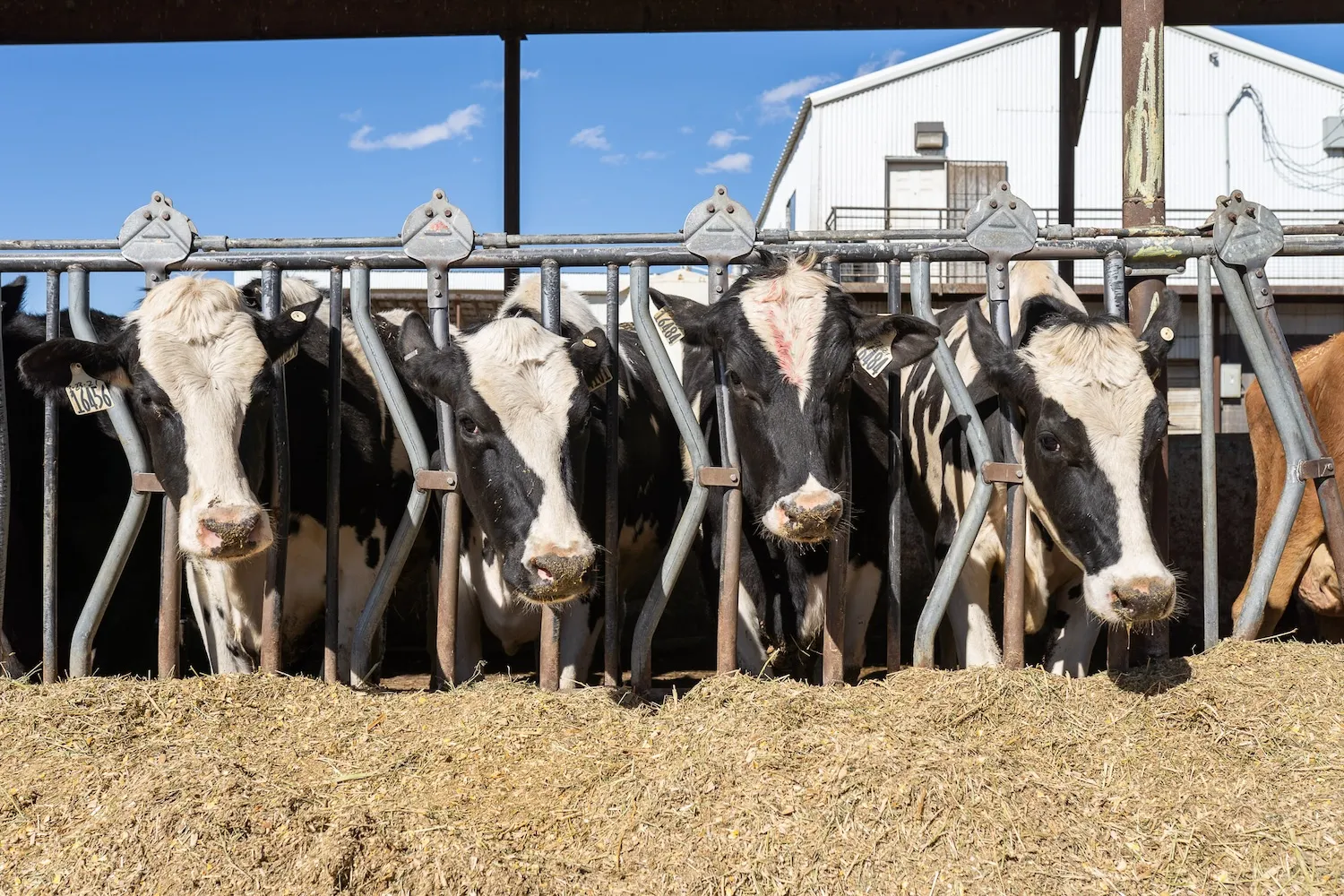
By Rochelle Warner, DVM, MS, PhD
Keeping cows mobile and minimizing involuntary culls due to lameness is an ongoing challenge for most confinement dairies.
Cows with sore feet need to manage that pain as best they can, usually at the expense of tangible actions like feed consumption and readily traveling to the parlor, and less obvious details like reproductive function. In short, lame cows suffer in terms of both animal welfare and herd productivity.
I work with herds in both Colorado and New York, and find their foot health challenges are quite similar. The biggest lameness culprits for dairies in both states are hairy heel warts, foot rot, sole ulcers, laminitis, and white line disease.
Avoiding lameness instead of having to treat it is one of the best examples in dairying of the advantages of prevention versus reaction. We can do our best to prevent foot health issues through:
- Low-stress handling – This approach to managing cows needs to be part of the fundamental culture of the dairy. When cows are startled, pushed to move too quickly, or forced to stand too long, they risk immediate foot and leg injuries, as well as repeated insults to their hooves that can lead to long-term problems. Employees should be trained on low-stress handling techniques with regular reinforcement of these practices day-to-day. Industry researchers also recommend forcing cows to stand no longer than 3 hours at a time between resting opportunities.
- Facilities evaluation – Does cattle traffic flow logically on your dairy, so cows require minimal pushing and handling? Are stall mats and mattresses well-maintained and inviting for cows to seek rest? Are there gates or tight corners that cause foot injuries? Is there ice or manure building up in certain areas that causes cows to slip? An outside perspective can help provide an unbiased assessment of how you can make your facilities more foot-friendly.
- Concrete surfaces – Grooving concrete can help stabilize footing, as can routine treatment of scrape alleys with sand or sawdust before cows walk through them. The use of “suck trucks” or scrapers are a convenient way to remove manure, but can leave slippery surfaces behind that also need traction support with sand or sawdust. Very rough concrete also can wear down soles and cause sole ulcers and the opportunity for ascending infections due to sole ulceration.
- Routine trimming – I recommend trimming every cow 1-2 times per year, and more frequent trims for lame animals. Many dairies have all the tools and equipment to be successful at trimming, but often are challenged with labor issues. Hoof trimming is a bit of an art form, and those doing it get better with more experience. High employee turnover means constant training is necessary to ensure that hooves are trimmed correctly and consistently. Our TDA staff, and some commercial suppliers, are available to assist with this training.
- Lameness assessment – Routine locomotion scoring of every cow can establish a baseline to assess whether lameness problems are on the rise or improving in the herd. This data can be interfaced with DairyComp 305® for individual-cow and whole-herd assessment. Herds that regularly score cows tend to have less chronic foot-health issues. This is another case in which an outside set of eyes may be best for an impartial evaluation.
- Nutrition – Both acidosis and an unbalanced mineral profile can lead to widespread lameness problems in the herd. Work with your nutritionist to avoid these issues.
- Foot baths – Almost all of my clients use foot baths to control hairy heel warts and foot rot, alternating between copper sulfate and formalin between 5-7 days per week. Both of these products are effective, but the most important thing to remember is that they will be inactivated by organic matter and freezing temperatures, and must be managed accordingly. An area with adequate ventilation, closely monitored chemical concentrations, and length of footbaths are crucial to success.
Also, don’t forget your heifers. Hoof problems can start early in life and set cows up for sore feet before they even make their first trip through the milking parlor. Some of the most common issues we see with heifers are housing in wet/muddy conditions, injuries from facilities, hairy heel warts that start in the heifer pen, and stressful handling.
In terms of pain management, there currently are no FDA-approved methods of pain control for lactating dairy cattle. Some non-steroidal anti-inflammatory drugs (“NSAIDs”) are used extra-label to relieve foot pain, but this must be done with careful veterinary supervision and adherence to meat and milk withdrawal times. Contact TDA for more information regarding protocol adjustments to implement pain control in your lactating herd.
I think everyone would agree that it is much more appealing and efficient to handle hoof health proactively, versus fighting the ongoing battle of managing sick and lame cows. Many of my client herds do an outstanding job of managing foot health, and are rewarded in both milk production and reproduction, as well as their ability to do more selective culling, instead of being forced to cull for lameness.
If too many lame cows are impacting your herd management routines, any of the doctors at TDA would be glad to help you create a more positive approach to foot health.





.webp)
